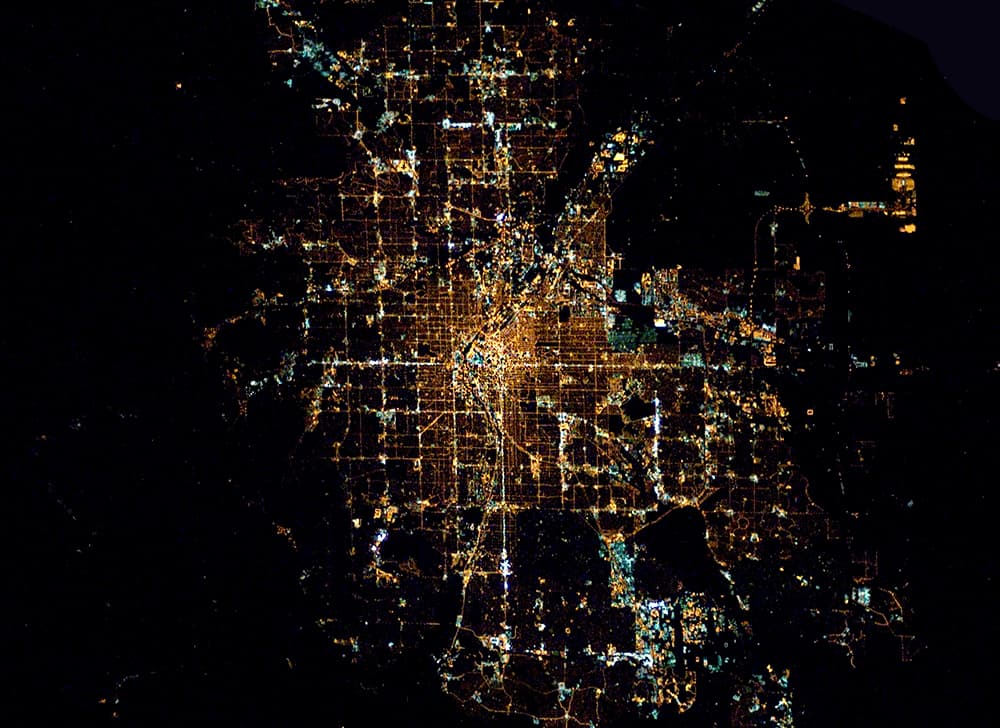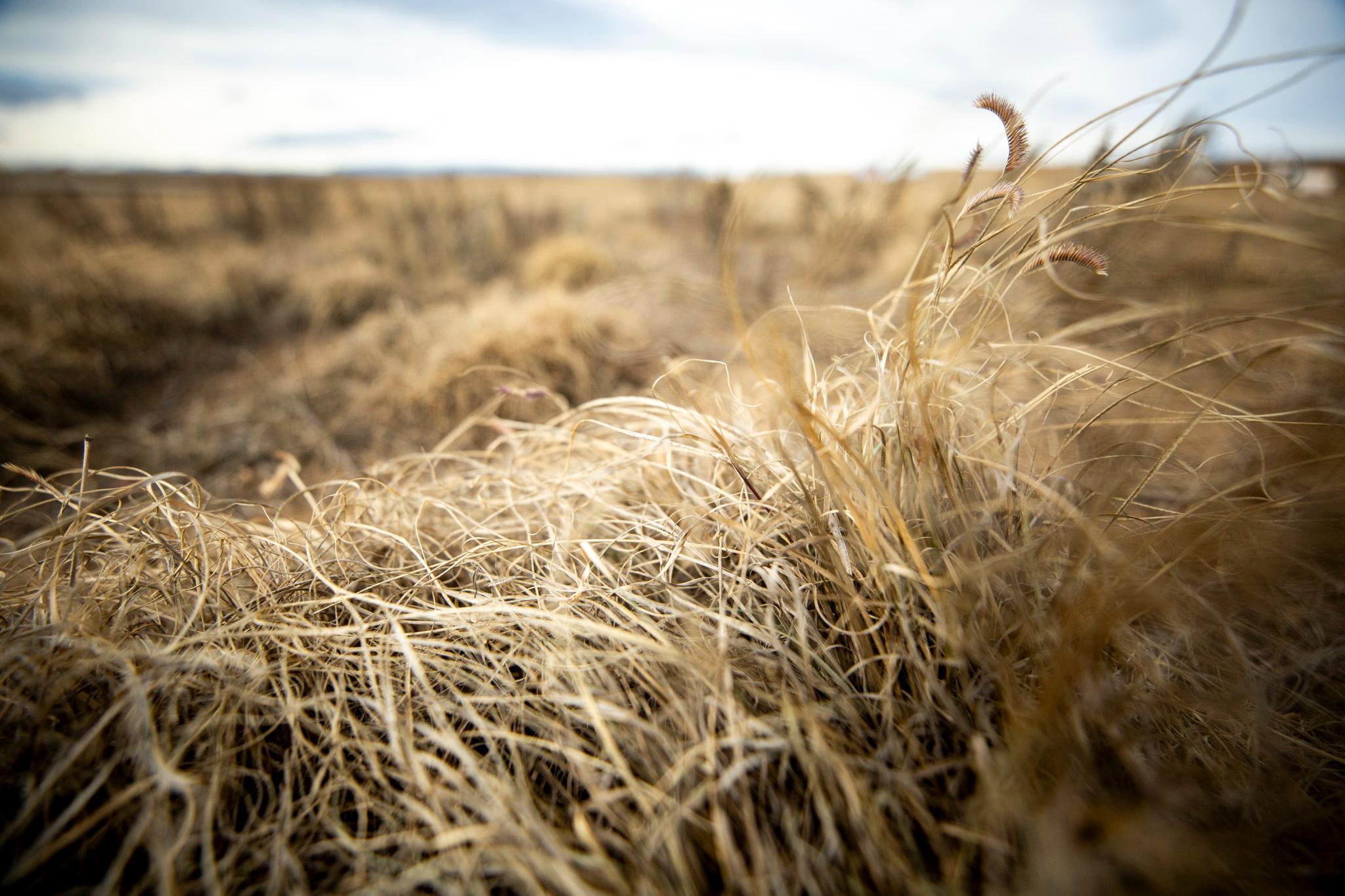Rising seas and violent storms could devastate the American coasts, wrecking Southern economies and driving hundreds of thousands of people inland toward cities like Denver, Chicago and Austin. That's the grim prognosis of a pair of recent studies that aim to measure the human impact of climate change in the United States.
One study, published by Nature's climate change journal, finds that more than 50,000 people could flee to Denver from places like Miami and New York City if the seas rise six feet by the end of the century, which is among the worst-case projections.
So, that's actually not a lot of people, in one sense. More than 600,000 people could flee to Austin, mostly because it's closer to the sea. And Denver has gained that many people in just a few years of regular migration.
Another recent study in Science found that the temperature increases in a
"high-emissions, business-as-usual" would bring some economic benefit to parts of the West, largely along the Rocky Mountains and the northern border, largely because it will remain more temperate here. Meanwhile, some counties in Florida might sacrifice 28 percent of their economic output.
Taken together, these studies put the High Plains right in the middle of the pack when it comes to climate vulnerability, facing both direct concerns and the indirect consequences of damage to other areas.
Basically, we're protected from rising seas and the worst weather -- but Colorado could face a lot of its own problems.
"The climate models have greater extremes for the South. It pops up for a lot of the Gulf area: much more extreme storms, more potential for bigger events," said Paul Chinowsky, professor of sustainable development at CU Boulder and co-founder of Resilient Analytics.
In contrast, in Colorado, "we get a little more gradual change. It’s just a consistent raising of temperatures."
Here's how Amir Jina, co-lead- author of the economics study, put it in an email to Denverite: "So Colorado, and Denver, warm enough to be away from the temperatures where cold days harm people's health, but do not warm enough to cross the threshold where hot days harm people's health. This is broadly the case with energy expenditures and agricultural yields."
Still, that comes with big implications, according to Chinowsky. "Colorado really doesn’t have, historically, the structures and environmental health concerns for high temperatures," he said.
That's part of the reason that the city of Denver has started research to see which neighborhoods and people might be most affected by the expected 100-degree summers. (See how your neighborhood might be affected.)
Colorado also might have broader implications. Wildfire season has grown consistently longer here over recent decades; a Columbia University study linked climate change to increased fire in the West. In a state where cities so often cluster against the wilderness frontier, that can be a major economic concern.
There's also the question of water and drought. A recent study with a Colorado State University author found that about a third of the 17-year decline in the Colorado River's flows could be attributed to higher temperatures and climate change. Damage to ecosystems, water supplies and the national economy still could hurt the Mountain West and its economy, Jina wrote.
It all adds up to a bigger question: Even if it dodges the most serious impacts of climate change, will Colorado have the resources to accept those who are less fortunate?
"(T)here may be winners and losers from climate change - an important question is how much worse off are we, as a society willing, to let the losers get," Jina wrote.
And if you want to know more about the methodology: The economic damage study used historical data connecting extreme weather and temperatures with economic performance, as Ars Technica explained.
The migration study used existing research to simulate how populations might respond to a middle-ground climate scenario.











